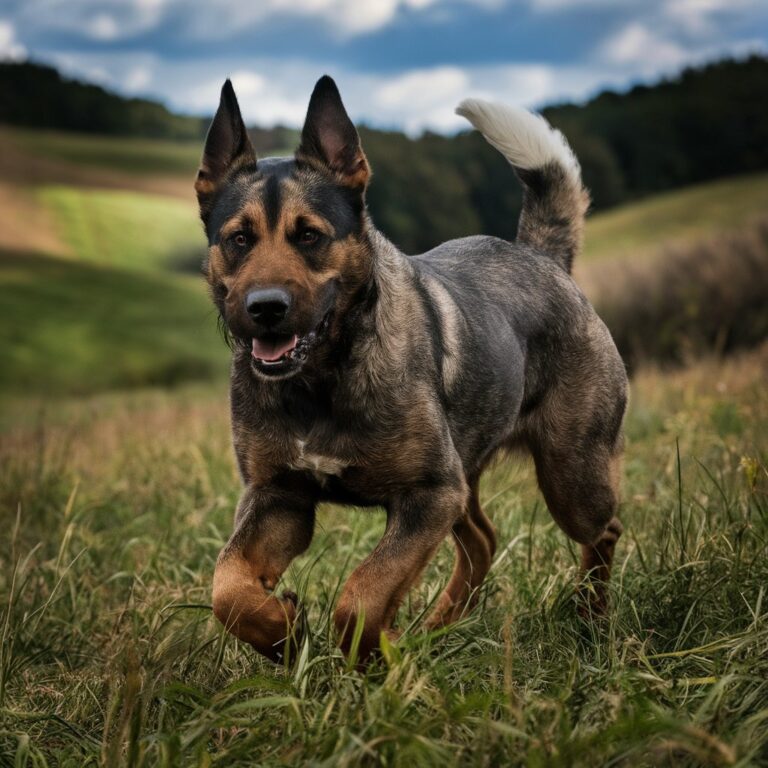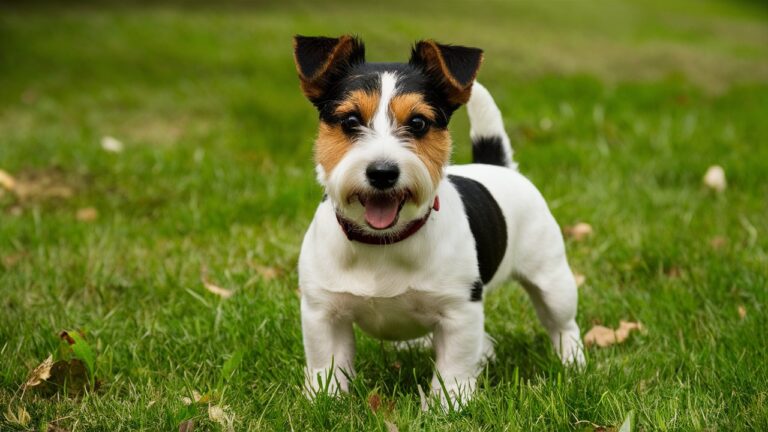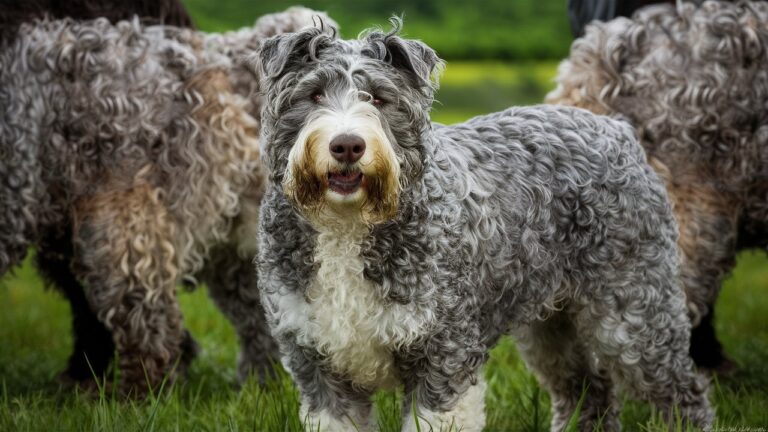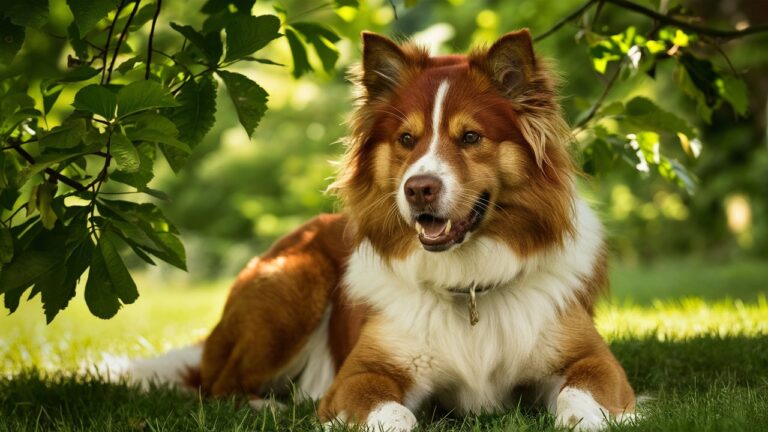Presa Canario: 100% Comprehensive Guide to the Majestic Canary Mastiff
The Presa Canario, also known as the Canary Mastiff, is a powerful and imposing breed with a rich history and a loyal following. Originating from the Canary Islands, this breed is renowned for its strength, intelligence, and protective nature. This article will delve into the history, characteristics, care requirements, and training tips for the Presa Canario, providing a comprehensive guide for prospective owners and enthusiasts.
Table of Contents
TogglePresa Canario History and Origins
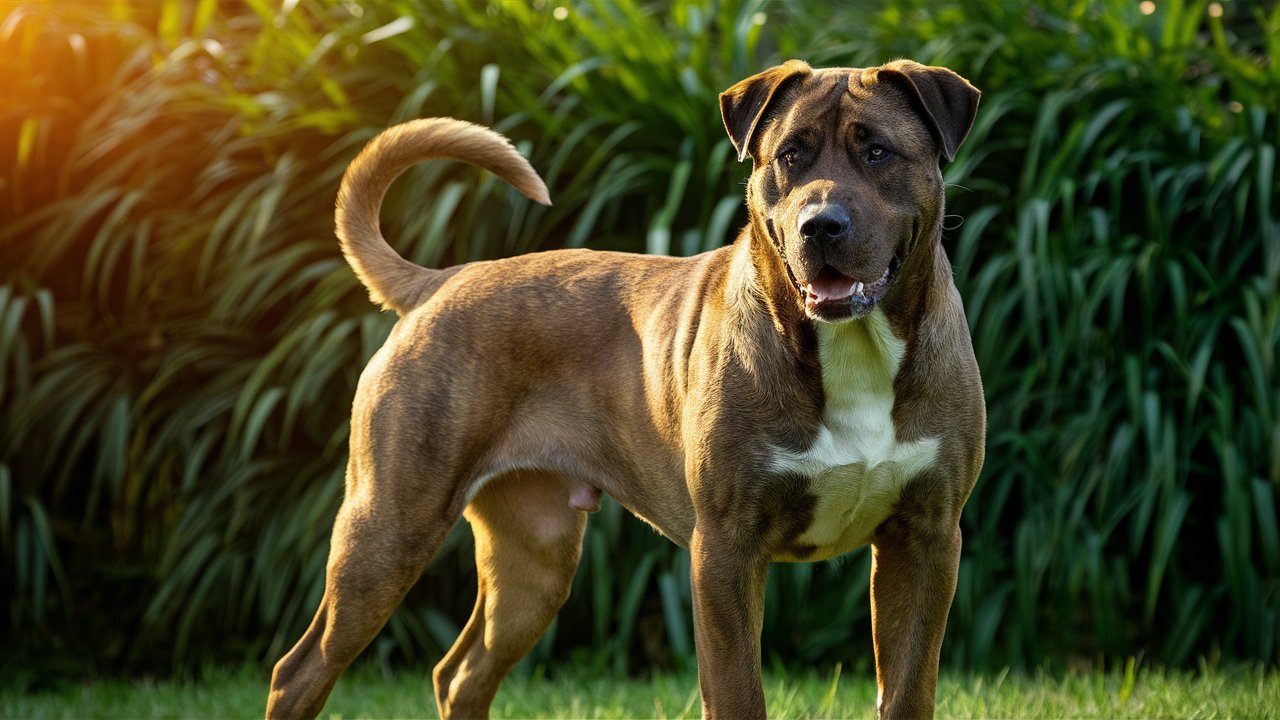
The history of the Presa Canario is as fascinating as the breed itself. The name “Presa Canario” translates to “Canary Catch Dog,” reflecting its origins and primary function. This breed traces its roots back to the Canary Islands, a Spanish archipelago off the coast of northwest Africa. The Presa Canario was developed from the now-extinct Bardino Majero, a native herding dog, and various mastiff breeds brought by Spanish conquistadors in the 15th and 16th centuries.
Initially, the Presa Canario was used as a working dog on farms, tasked with guarding livestock and property. Its powerful build and fearless nature made it an excellent protector against predators and intruders. Unfortunately, the breed was also used in dog fighting, a practice that has thankfully declined over the years. Despite these challenges, the Presa Canario has retained its reputation as a loyal and dependable companion.
Physical Characteristics
The Presa Canario is a large and muscular dog, exuding power and confidence. Males typically stand between 23 to 26 inches at the shoulder, while females range from 22 to 25 inches. Weight varies from 84 to 110 pounds for males and 75 to 95 pounds for females. Their broad chest, thick neck, and strong limbs contribute to their imposing appearance.
The breed’s coat is short and coarse, offering protection in various weather conditions. Coat colors include fawn, brindle, black, and various shades thereof. A distinctive feature of the Presa Canario is its broad, blocky head with a pronounced stop and strong jaws. Their almond-shaped eyes convey alertness and intelligence, while their ears, often cropped in the United States, remain natural in other regions, hanging down and adding to their expressive face.
Temperament and Behavior
Beneath the Presa Canario’s formidable exterior lies a dog of remarkable loyalty and affection. Known for their devotion to family, these dogs are protective and will not hesitate to defend their loved ones. However, their protective instincts require careful management and training from an early age to ensure they can differentiate between genuine threats and everyday situations.
The breed is intelligent and learns quickly, but they can also be independent and stubborn. Consistent and firm training is essential to establish boundaries and ensure they respect their owner’s authority. Early socialization is crucial to expose the Presa Canario to various people, animals, and environments, helping them become well-rounded and confident adults.
A personal anecdote from a Presa Canario owner, Sarah, highlights the breed’s loyal nature. “When we first brought Max home, we were amazed at how quickly he bonded with our family. He has a natural instinct to protect our children, always positioning himself between them and strangers. Despite his size and strength, Max is incredibly gentle with the kids, patiently enduring their playful antics.”
Care and Maintenance
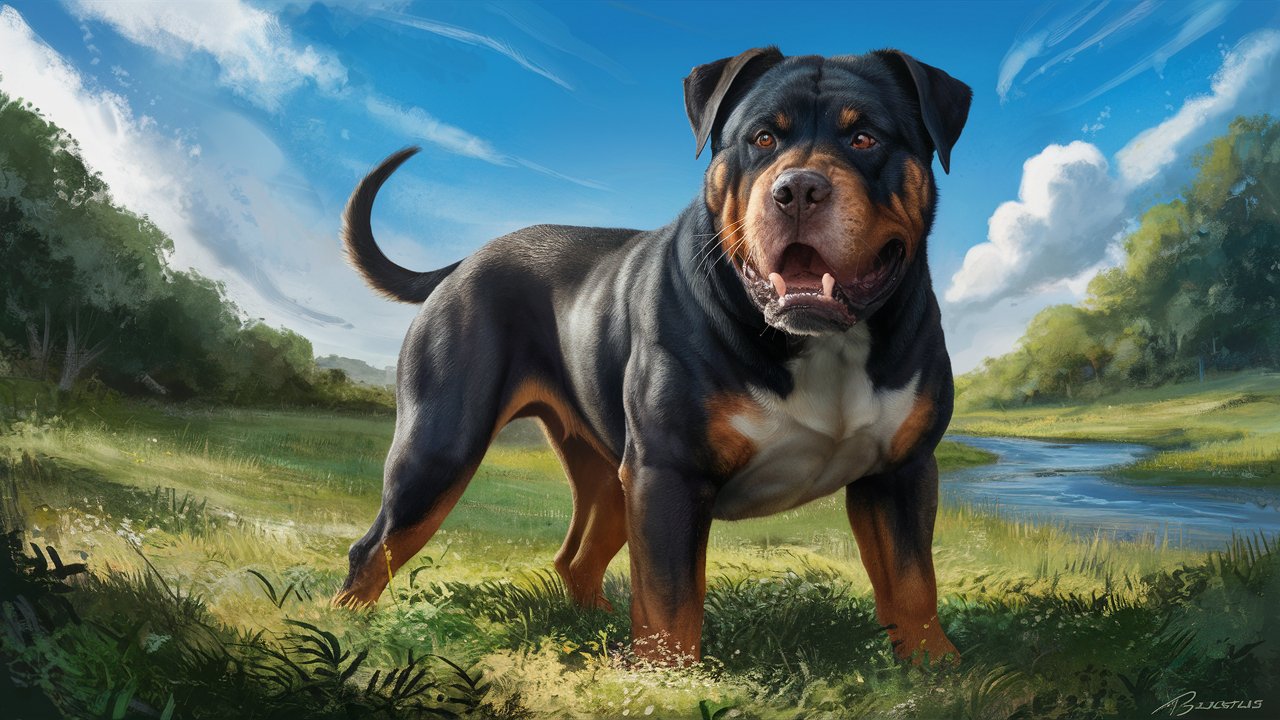
Owning a Presa Canario comes with responsibilities, especially regarding their care and maintenance. Given their size and energy levels, these dogs require regular exercise to keep them physically and mentally stimulated. Daily walks, playtime in a secure yard, and engaging activities like obedience training or agility exercises are essential.
Their short coat is relatively low-maintenance, requiring regular brushing to remove loose hair and keep the coat healthy. Bathing should be done as needed, typically every few months unless the dog gets particularly dirty. Regular dental care, ear cleaning, and nail trimming are also important aspects of their grooming routine.
Diet plays a crucial role in maintaining the health and vitality of the Presa Canario. A balanced diet with high-quality protein sources, healthy fats, and essential vitamins and minerals is necessary. Consulting with a veterinarian can help determine the best diet plan tailored to the individual dog’s needs, considering factors like age, activity level, and any specific health concerns.
Training and Socialization
Training a Presa Canario requires a combination of firmness, consistency, and positive reinforcement. Due to their intelligence and willingness to please, they can excel in obedience training when approached correctly. Establishing yourself as a confident and consistent leader is key to earning their respect and cooperation.
Socialization is equally important, helping the Presa Canario become comfortable with various situations, people, and animals. Puppy classes, regular outings, and controlled interactions with other dogs can aid in developing a well-behaved and confident adult dog.
An interesting story from a trainer, Mike, illustrates the importance of early training and socialization. “One of the most memorable dogs I’ve worked with was a Presa Canario named Titan. When Titan’s owners first brought him to me, he was a bundle of energy and quite headstrong. Through consistent training and socialization, we transformed him into a well-mannered and obedient dog. Titan even went on to participate in advanced obedience competitions, showcasing the breed’s potential for learning and adaptability.”
Health and Longevity
The Presa Canario is generally a healthy breed, with a lifespan of around 9 to 11 years. However, like all breeds, they are prone to specific health issues. Hip dysplasia, elbow dysplasia, and osteochondritis dissecans (OCD) are common joint problems that can affect the breed. Regular veterinary check-ups, a healthy diet, and appropriate exercise can help mitigate these risks.
Bloat, or gastric dilatation-volvulus (GDV), is another concern for large, deep-chested breeds like the Presa Canario. This condition can be life-threatening and requires immediate medical attention. Feeding smaller, more frequent meals and avoiding vigorous exercise around feeding times can help reduce the risk of bloat.
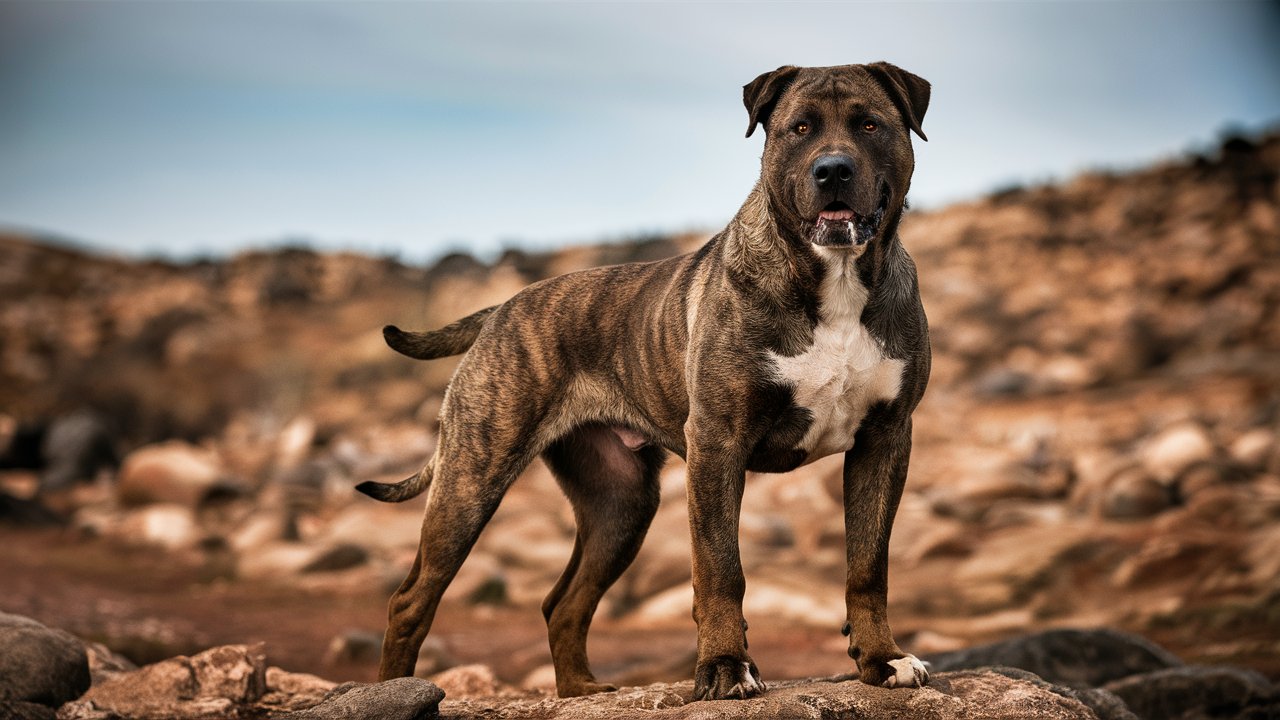
Conclusion
The Presa Canario is a remarkable breed, embodying strength, loyalty, and intelligence. Their imposing presence and protective nature make them excellent guard dogs, while their affectionate and loyal disposition endears them to their families. Owning a Presa Canario requires commitment, responsible training, and proper care, but the rewards are immeasurable.
For those willing to invest the time and effort, the Presa Canario can be a loyal and devoted companion, offering unwavering protection and love. Whether you’re a seasoned dog owner or considering this breed for the first time, understanding their history, characteristics, and care requirements is essential to ensure a harmonious and fulfilling relationship with these majestic dogs.
